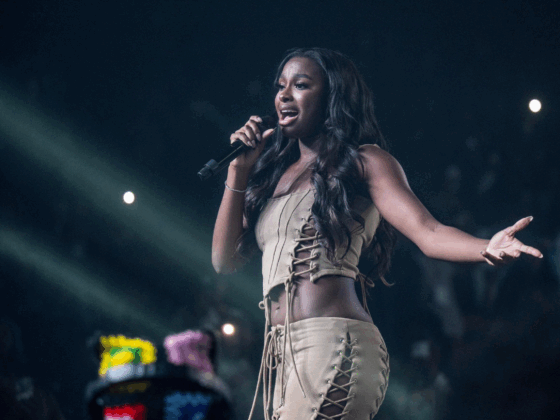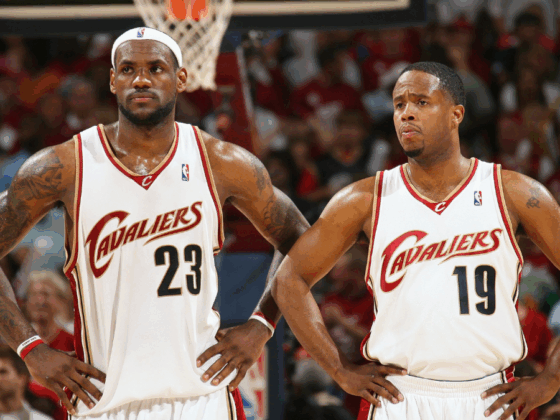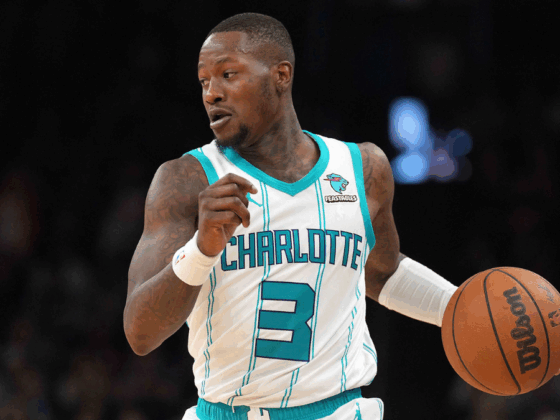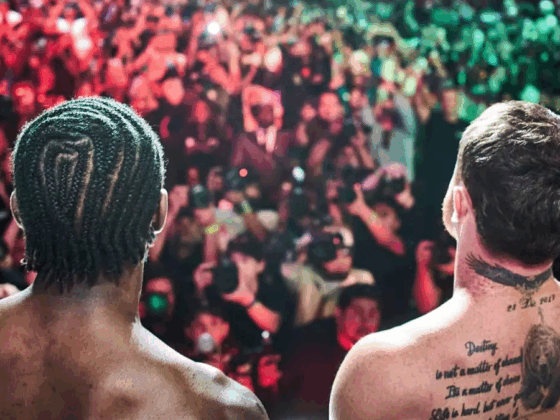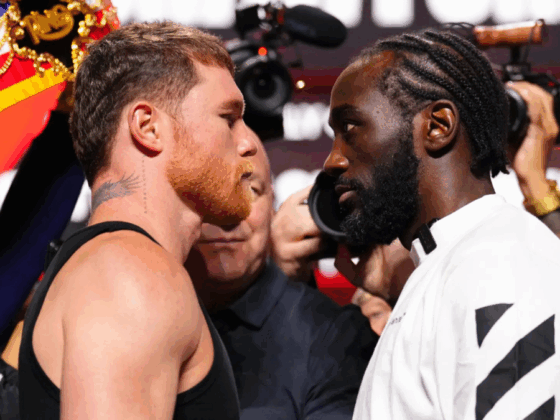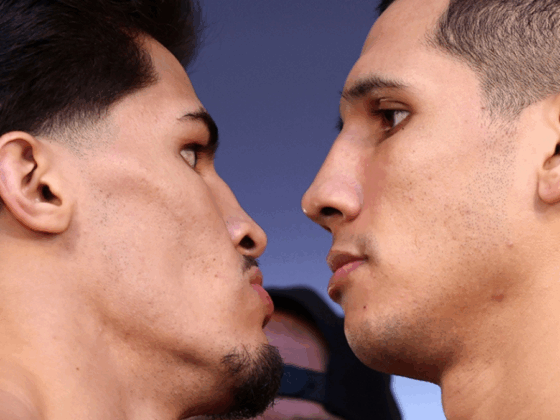
The thing about jingles is that they are simply songs that are not cool enough to be labeled as such.
It’s only fitting then that one of the Utah Jazz’s most important players has been given this nickname, Jingling Joe Ingles. The Jazz are nearly synonymous with the underlying meaning of the word. They are not a stylish team, city, and definitely not a fashionable type of music, despite Ryan Gosling’s attempts to prove us otherwise.
When Gordon Hayward turned in his midterm paper at the stroke of midnight to signal his split with the Jazz, he took with him the main stylish aspect of the Utah Jazz, their star player.
Some may argue that Rudy Gobert is the star that makes the Jazz interesting, however, style is chosen by the masses, not the few. Defense is inherently unexciting. The years in which the Spurs and Nets defensive ferocity led to Finals appearances are widely regarded as the most boring in NBA lore.
Defense is important but it isn’t cool. That is fine; the Jazz don’t care about cool, they never have. Going back to John Stockton and Karl Malone, the Jazz were known for their aggressively monotonous continuity and style of play and those teams won a lot of basketball games.
With Hayward gone, the Jazz doubled down on defense and tha could help them win a lot of games without being flashy. They have all the right players to do so. Up and down the roster they have proficient defensive players. The switches are smooth, the players all shift their hips in order to steer opposing players baseline, and Gobert seriously affects shot selection in a way that is hard to quantify.
His presence on the court alone inspires poor shot selection. In pick and rolls, he chooses to sag closer to the rim rather than over pursuing and getting blown by. This gives up the least efficient shot in basketball, the mid-range jumper.
This defensive decision by the tower can also give up much too many three-point jumpers but not many players utilize the space properly. According to cleaningtheglass.com, the Jazz allow opponents to shoot from the mid-range 37 percent of the time and have the ninth-best defensive field goal percentage at the rim.
When I asked Los Angeles Clippers forward Danilo Gallinari about Utah’s defense after their game against them on Tuesday night, he was quite complimentary,
“They have a very good defense. They have had a good defense for the past few years. That’s something they do very well, especially with the big men they got.”
The big men, plural. Despite Derrick Favors’ many contributions, this is due to the sudden resurgence of Ekpe Udoh. Udoh is an incredible +45 when on the court, leading the Jazz by a large margin. He is very mobile and is leading the team in blocks despite playing nearly 100 fewer minutes than Rudy Gobert. He seems to always be near the ball on the defensive end.
The quandaries that haunt the Jazz are not on the defensive side, however. Figuring out their offense will be the thing that stands firmly between them and a playoff appearance. Their major redeeming quality is that their defense creates many turnovers; they have the seventh-best turnover percentage in the NBA. The Jazz have utilized this to feast in the fast break, Ricky Rubio’s hair flowing in the wind as he jaunts down the court with effortless speed.
The problem with this is that they rely on these fast breaks too heavily. It is the only time their offense looks even somewhat respectable.
Outside of transition, their offense is slow, predictable and so clank-full a passerby may think they are one of those trashcan drum bands. They have the ability to showcase fluid ball movement and find open shots. Ingles, Rubio and Gobert bring plenty of passing. The Jazz are just missing and missing often.
Jazz players who are not Joe Ingles are shooting 25/100 from three-point range. When Jingling Joe isn’t hitting his threes, the team tailspins into a series of Donovan Mitchell facepalms and Ricky Rubio mid-range jumpers.
Rubio and Mitchell are also the only Jazz players able to get into the belly of the defense and open up space for their teammates. But neither one of them are exceedingly good shooters, so the openings they create or more like cracks than holes. When they are not in the game, Rodney Hood or Joe Ingles are often asked to initiate the offense and they are simply not comfortable doing so.
So much offense is placed on the shoulders of Ingles. He needed to shoot almost 70 percent from beyond the arc for them to even compete in their first couple games.
This dreadful offense in turn affects their defense. Quin Snyder described it perfectly: “If you’re playing defense and not scoring it becomes very difficult to maintain that intensity.”
Players will have to conform to the trends of today by hitting threes consistently. The majority of their current three-point attempts, 11.5 per game, are the “wide open” variety. They just need players like Joe Johnson, Donovan Mitchell and Thabo Sefolosha to start hitting them, which may not be an easy task.
The Utah Jazz may not care about being fashionable, but right now, they rely much too heavily on jingles and jaunts. If they can’t adapt, they will be left behind by those who already have.
